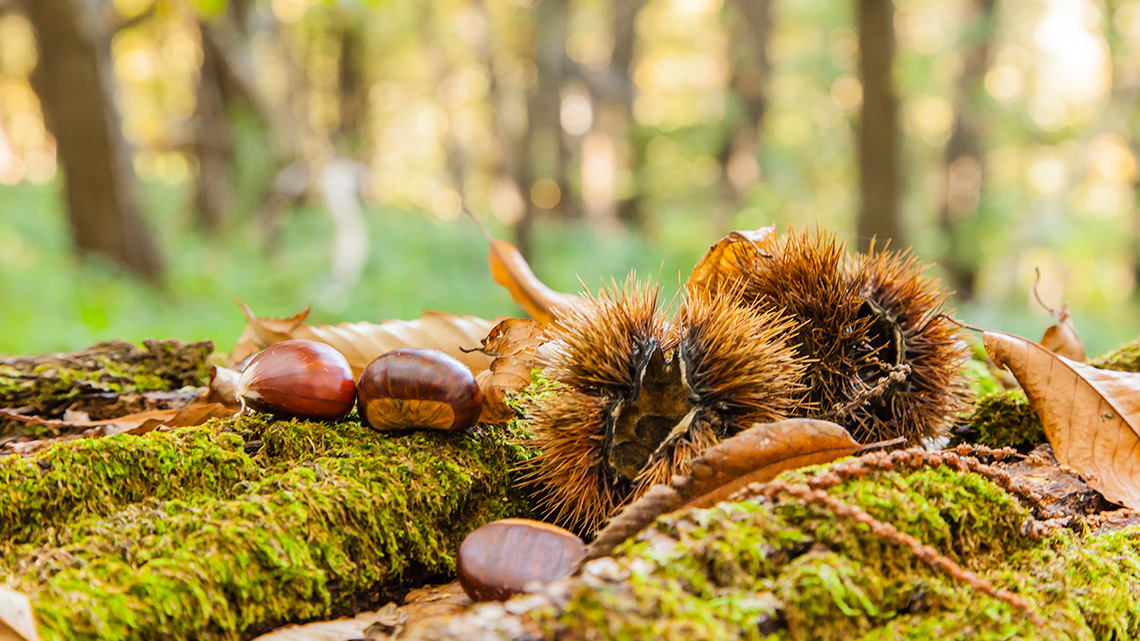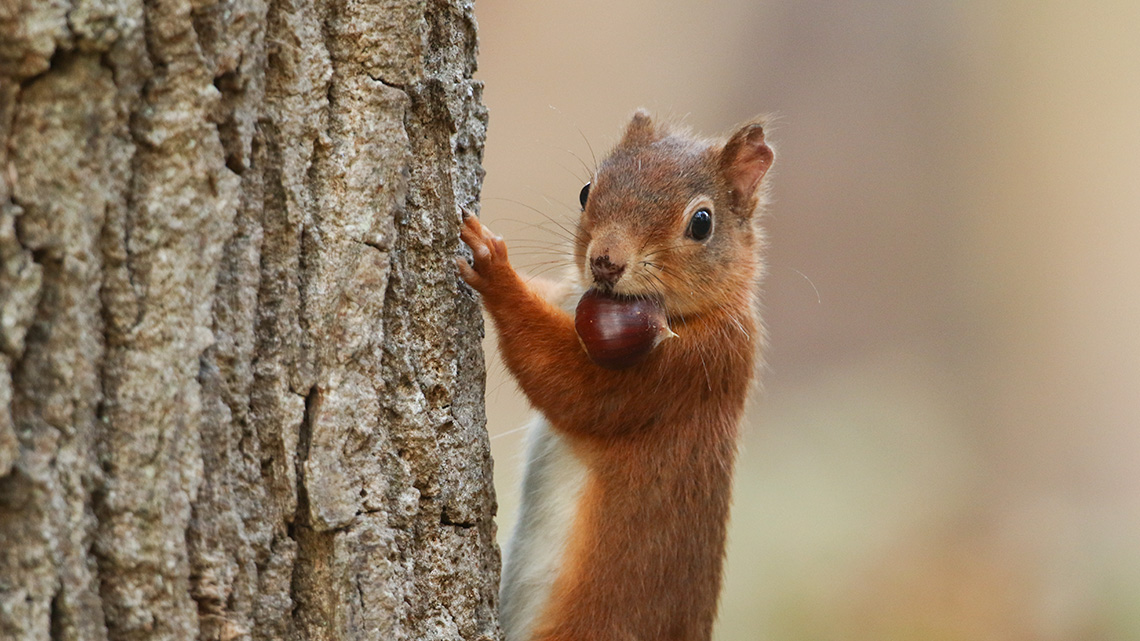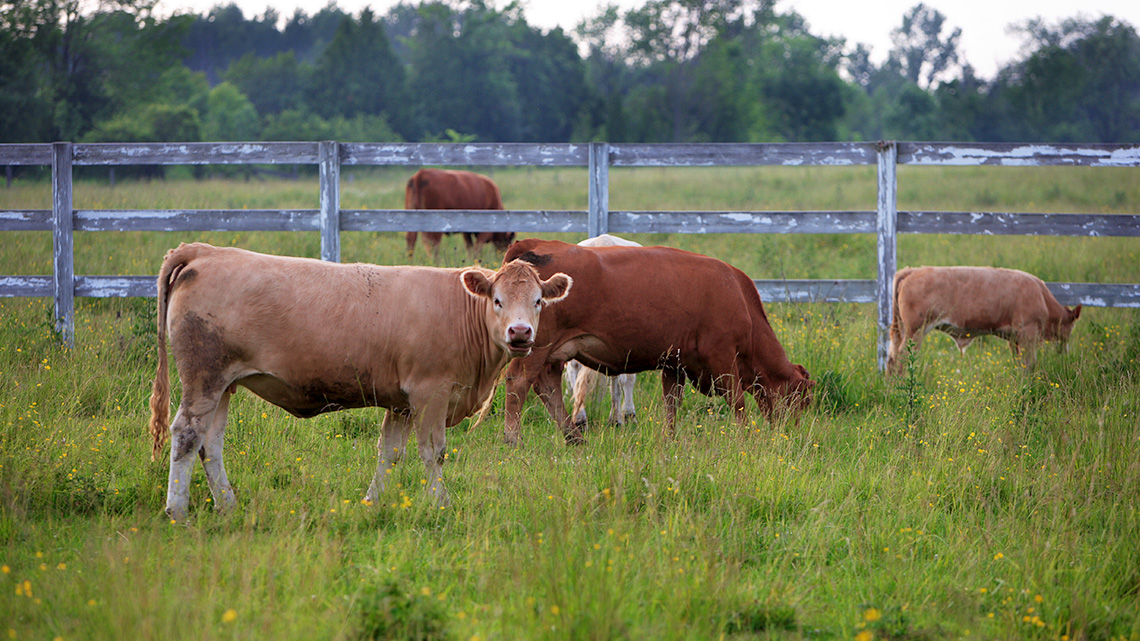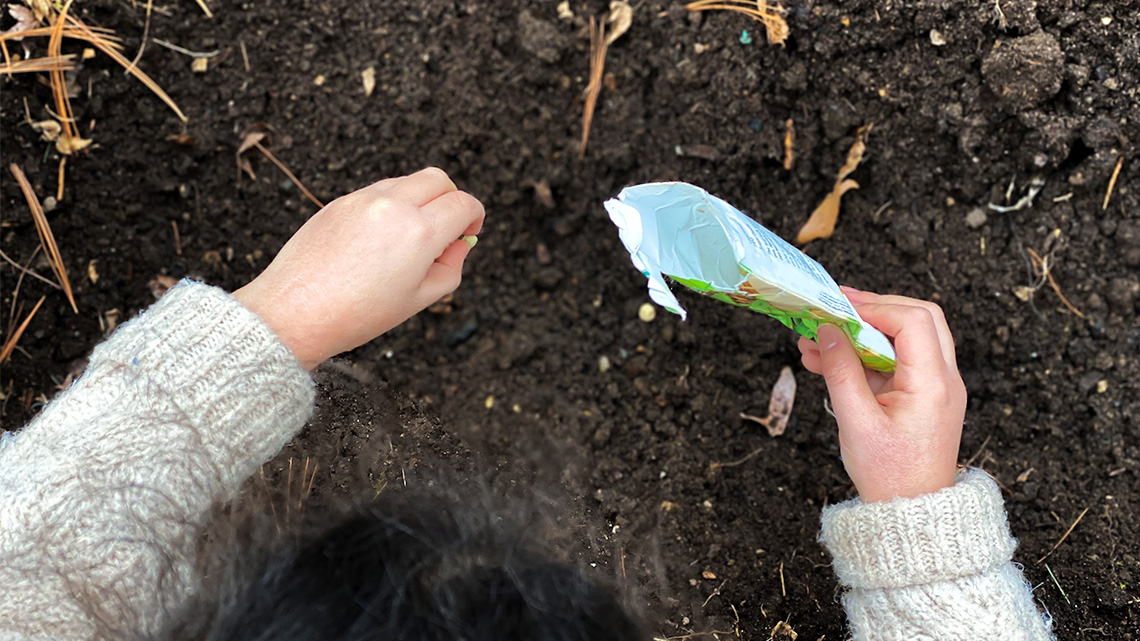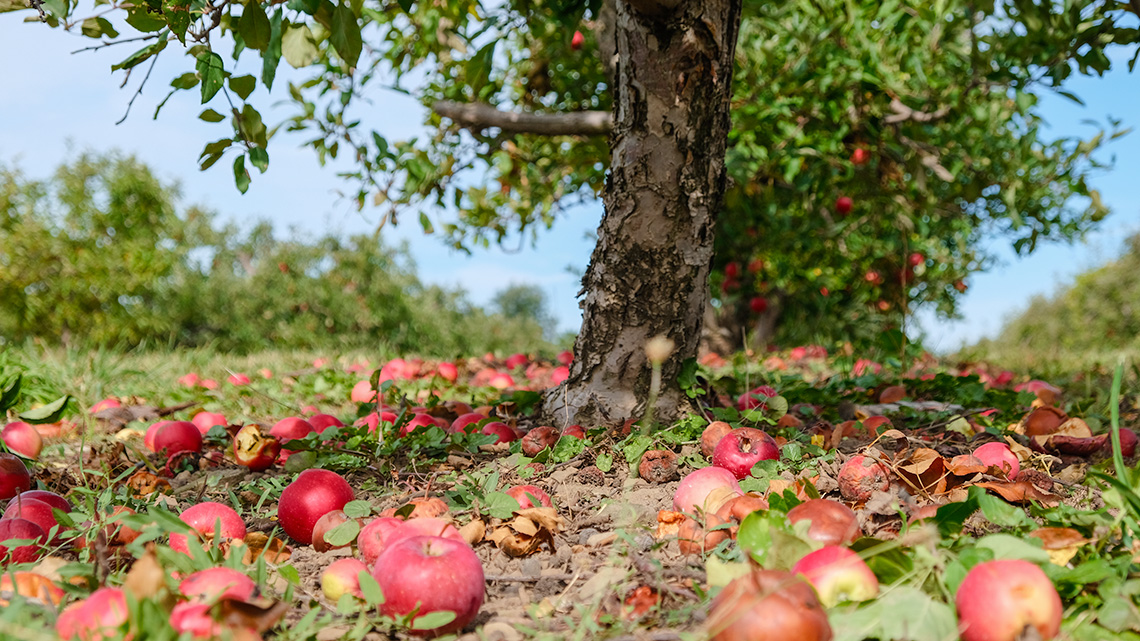Minds On
Travelling seeds
Explore the following image and description of a dandelion seed head or pappus.
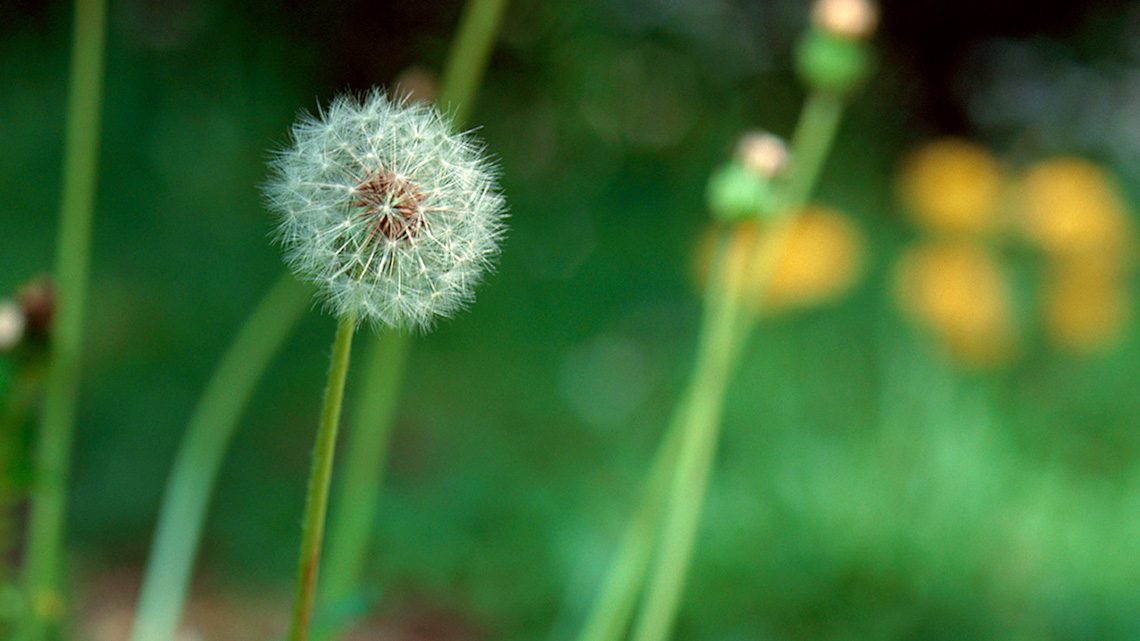
A dandelion with a pappus, which is a seed head
If a dandelion wanted to go on a short trip, how would it travel?
Record your ideas digitally, orally, or on paper.
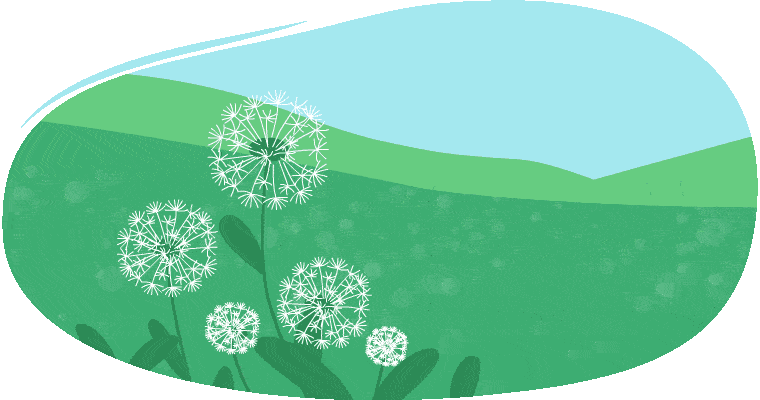
Action
Nature’s ride
Since plants cannot get up and move around, they need a little help when it comes to spreading their seeds!
The fruits of many plants help to spread seeds, but there are also other ways that seeds move around.
Press ‘Fruit’ to find out a definition of fruit.
The fruit is a part of a flowering plant that holds the seeds and helps to spread them.
The fruit may be hard like a nut or soft like a berry.
Explore some of the different ways seeds spread or disperse!
Pause and Reflect
Pause and reflect

Thinking about seeds
Animals play an important part in helping to spread seeds so that plants can continue to grow. These plants become a natural part of the environment and often provide food and shelter. In this way, animals are helping to support the environment. A specific example of this is how squirrels help to disperse acorn seeds which belong to the oak tree. This helps to grow new oak trees.
To disperse means to scatter or spread widely.
- What would happen if a new building site caused all the squirrels in the oak tree’s habitat to move away?
- How might this affect how the acorn seed is spread?
Press ‘Possible Answer’ to check out an answer.
Sometimes human activity, like a new building site can disturb the place where an animal lives. One of the easiest ways to help seeds spread is to protect the plants and the homes of the animals that move them from one place to another.
Did you know?
What can help disperse seeds?
Air can also help to disperse, or spread, seeds!
This is because air can move!
The movement of air is called wind, and the wind can push objects by moving them.
Let’s return to our dandelion from the Minds On section.
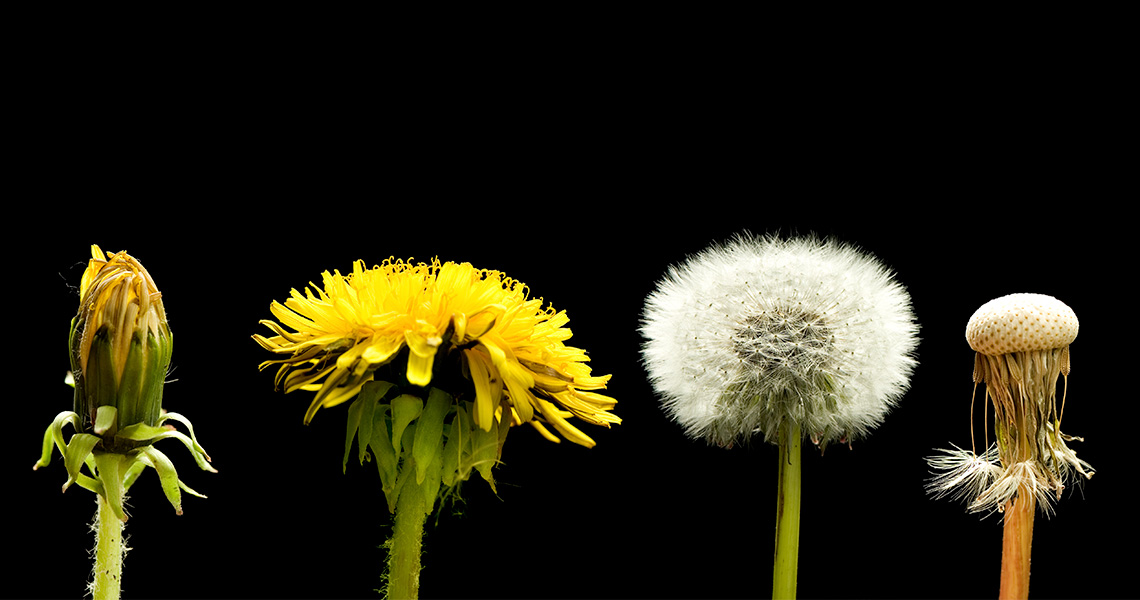
The seed head, or pappus, is shaped like a fluffy white ball with many seeds.
The yellow dandelion flower eventually changes into a seed head or pappus.
A pappus is a bundle of fluffy, white seeds that are shaped like a parachute. Together, the seeds form a circle around the end of the dandelion stems. There are around 100 seeds in each bundle!
The important words here are bundle and fluffy.
Dandelion seeds are light and have parts that can be picked up by the wind.
Plants that create lots of seeds help their chances of some of their seeds turning into new plants.
Did you know?
How far can a dandelion seed go?
When a dandelion seed is picked up by the wind, it will often land within 2 metres of the parent flower.
In some very windy conditions, a seed can travel through the air more than a kilometre!
Explore some other examples of seeds that travel through the air. Consider the following:
- Can you guess what plant they belong to?
- Notice the size and shape of each seed.
- Do you think they are heavy or light?

In Science we ask questions to help us figure out what the problem is.
How does the shape of the seeds affect the way it moves?
Press ‘Answer’ to explore a possible answer.
The seeds are different shapes, sizes, and they can all travel through the air. They all travel in different ways. For example, the milkweed seed and cattail seeds float, the maple seed spins to the ground, and the Javan cucumber seed glides.
Why do you think these seeds can travel through the air?
Press ‘Answer’ to find out more!
All the seeds can travel through the air because they are light (not heavy). Some of the seeds are fluffy, which helps them float through the air. Some of the seeds are shaped like wings which help them spin and glide through the air.
Create a model
The task
Design a model of a seed that can travel through the air.
Check out the following list of items to include in your design!
Seed model design checklist
Now that you have a task, let’s explore the steps to design your seed model!
Brainstorming ideas

Brainstorming is when you think about ideas like how to solve a problem.
Your next step is to brainstorm possible ideas for the shape and material of your seed model.
What shape could your seed model be?
What materials could you use to build your seed model?
Consider materials that are light and could easily be picked up by wind.
Possible materials

When you plan something, you think about the steps you have to follow and the materials you will need.
Use the following questions to complete your plan! Be sure to explain your thinking.
- What shape will your seed model be?
- What materials will you use to build your seed model?
- How your seed might move. For example, will it float like a dandelion seed? Will it whirl and spin through the air like a maple seed?
Record your ideas in the My Seed Design document or using a method of your choice. You may choose to:
- draw it and label the important parts
- write about it
- create a video or audio recording

| Share your seed design! Describe how your seed might move. For example, will it float? Will it zigzag through the air? Spin? |
|---|
Press the ‘Activity’ button to access My Seed Design.
Pause and Reflect
Pause and reflect
Now that you have designed your seed, what would be your next steps?
Let’s explore some possible steps from the Engineering Design Process. What steps would you use for making your seed?

Exploring the Elementary Design Process
Consolidation
Putting it all together
Two learners created the following models of seeds. Examine each seed model and answer the following questions using what you have learned throughout this learning activity.
Use what you have learned about seeds and how to design a seed to answer the questions that follow.

Diverse seed designs
Two different seed designs labelled ‘Seed A’ and ‘Seed B’. Seed A is a glider shape with two wings made from newspaper. Seed B is a parachute shape made from paper towel roll and strips of paper on its top.
Respond to the following questions. Be sure to explain your thinking.
- Which one do you think is more likely to travel through the air? Seed A or Seed B? Why?
- How do you think each seed might move? For example, will it float like a dandelion seed? Will it spin to the ground like a maple seed?
- Are there any changes you would make to either of the seed models? Why?
Record your responses digitally, orally, or on paper.
Reflection
How do you feel about what you have learned in this activity? Which of the next four sentences best matches how you are feeling about your learning? Press the button that is beside this sentence.
I feel…
Now, record your ideas about your feelings using a voice recorder, speech-to-text, or writing tool.
